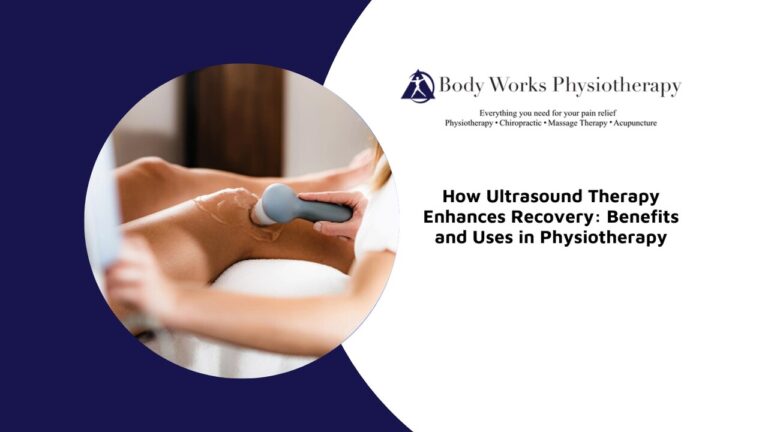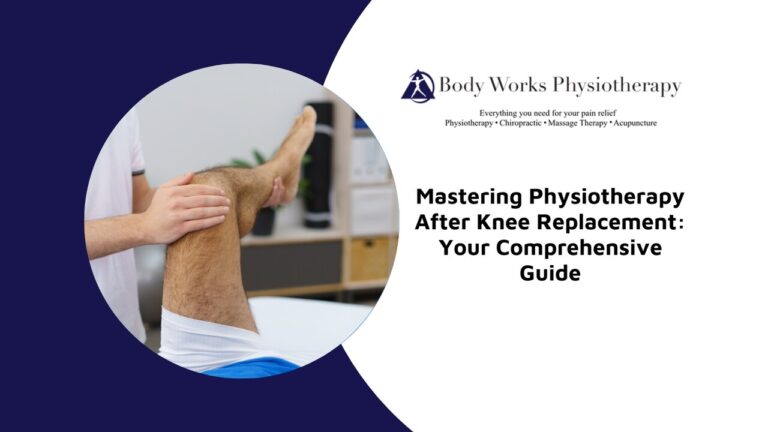
Whether it’s helping a child recover from an injury, addressing developmental delays, or managing conditions like cerebral palsy, pediatric physiotherapy offers care tailored to children’s unique needs. In this blog, we explore how pediatric physiotherapy plays a vital role in supporting children’s physical development and well-being.
Understanding Pediatric Physiotherapy and Its Benefits for Children
Pediatric physiotherapy is a branch of physiotherapy aimed at enhancing a child’s physical development, movement, and overall function. Here are some of its key benefits:
- Addresses Movement Challenges: Helps children with difficulty crawling, walking, running, or performing other motor skills.
- Improves Strength and Coordination: Strengthens muscles and improves coordination, enabling better control of body movements.
- Supports Injury Recovery: Aids in the recovery process after sports injuries, fractures, or surgical procedures.
- Manages Chronic Conditions: Provides tailored interventions for children with conditions like cerebral palsy or muscular dystrophy, enhancing mobility and independence.
- Encourages Developmental Milestones: Facilitates critical milestones such as rolling over, sitting up, standing, and walking for infants and toddlers with delays.
- Boosts Confidence: Helps children gain confidence in their physical abilities, leading to improved self-esteem.
- Prevents Secondary Issues: By addressing movement dysfunctions early, it prevents potential complications like joint deformities or muscle weakness.
Common Childhood Conditions and Disorders Pediatric Physiotherapy Helps Address
Pediatric physiotherapy addresses a wide range of conditions, providing essential care and improving quality of life for children. Here are the key conditions it can treat:
- Post-Surgical Recovery: Aids in regaining strength and function after surgeries like tendon releases or spinal corrections.
- Developmental Delays: Supports children who struggle to meet milestones like crawling, sitting, or walking, ensuring they progress at an appropriate pace.
- Orthopedic Conditions: Treats scoliosis, torticollis, and limb discrepancies through targeted exercises and postural corrections.
- Sports Injuries: Helps children recover from sprains, strains, fractures, or overuse injuries caused by athletic activities.
- Genetic or Congenital Disorders: Assists with mobility challenges related to genetic disorders, such as Down syndrome.
- Chronic Pain: Alleviates discomfort caused by joint or muscle pain, allowing children to stay active and pain-free.
Pediatric Physiotherapy Sessions: What Should Parents Expect
A pediatric physiotherapy session is designed to be engaging and tailored to a child’s unique needs. Here’s what parents can expect:
- Initial Assessment: The physiotherapist evaluates the child’s physical abilities, motor skills, and specific challenges.
- Play-Based Exercises: Activities are often presented as fun games to encourage participation and improve movement patterns.
- Stretching and Mobility Techniques: Gentle stretching and hands-on techniques help improve flexibility and joint mobility.
- Customized Plan: The therapist develops a treatment plan based on the child’s needs, which may include strengthening, balance, and coordination exercises.
- Parental Involvement: Parents are guided on home exercises to continue the therapy’s benefits between sessions.
- Tracking Progress: Regular evaluations ensure the treatment plan evolves as the child’s abilities improve.
- Positive Environment: Sessions are conducted in a child-friendly atmosphere to keep young individuals motivated and comfortable.
Pediatric Physiotherapy vs. Adult Physiotherapy: Understanding the Differences
Pediatric physiotherapy focuses on children’s unique physical, emotional, and developmental needs. It incorporates fun, engaging activities to motivate young individuals and address growth-related challenges. Unlike adult physiotherapy, it emphasizes achieving developmental milestones and ensuring proper growth patterns to support long-term physical health. Sessions often involve family involvement, equipping parents with tools and exercises to reinforce progress at home.
Signs a Child Should Be Referred to a Physiotherapist
Identifying the need for pediatric physiotherapy early can make a significant difference in a child’s development. Referral to a physiotherapist is recommended in the following scenarios:
- Developmental Delays: Signs like difficulty sitting, standing, crawling, or walking compared to peers may indicate the need for physiotherapy.
- Movement or Coordination Issues: Clumsiness, imbalance, or difficulty with fine or gross motor skills warrant professional evaluation.
- Post-Surgical Recovery: Children recovering from surgeries, such as orthopedic corrections, benefit from physiotherapy to regain mobility and strength.
- Injury Recovery: After fractures, sprains, or other injuries, physiotherapy can help restore normal function.
- Chronic Pain: Persistent discomfort in joints or muscles that interferes with daily activities should be addressed promptly.
- Unusual Postures: Concerns such as head tilting, uneven shoulders, or limping may signal underlying issues requiring intervention.
- Sports-Related Concerns: Frequent injuries or difficulty keeping up with peers in athletic activities may benefit from physiotherapy support.
How Often Should Children Attend Physiotherapy Sessions?
The frequency of pediatric physiotherapy sessions depends on the child’s specific condition, goals, and response to treatment. For children with acute injuries or post-surgical needs, sessions may initially be scheduled 1–2 times per week to ensure close monitoring and steady progress. Chronic conditions, developmental delays, or long-term rehabilitation may require weekly or bi-weekly appointments over several months.
As the child begins to improve, the physiotherapist may reduce the frequency of sessions, focusing on maintaining progress through home exercises. Regular re-evaluations help adjust the treatment plan based on the child’s growth and evolving needs, ensuring consistent support throughout their development.
Possible Risks or Side Effects Associated With Pediatric Physiotherapy
Pediatric physiotherapy is widely regarded as safe and effective, but like any treatment, parents should be aware of potential considerations:
- Mild Soreness: Children may experience slight muscle soreness after exercises, which usually resolves within a day or two.
- Personalized Treatment: Licensed pediatric physiotherapists tailor treatments to each child’s needs, ensuring age-appropriate care and minimizing risks.
- Safe Techniques: Non-invasive methods are used, prioritizing safety and comfort during all exercises and stretches.
- Prevention of Overuse: A physiotherapist ensures that exercises are not overdone to prevent unnecessary strain or discomfort.
- Parent Guidance: Therapists educate parents on proper techniques to avoid any risks during at-home exercises.
By working closely with a qualified physiotherapist, parents can ensure their child receives the safest and most effective care tailored to their developmental needs.
Gentle Care for Your Little One
Every child deserves the chance to move freely and confidently, no matter the challenges they face. Pediatric physiotherapy offers the tools and support to help children reach their full potential in a safe, nurturing environment. Whether your child is managing a condition, recovering from an injury, or experiencing delays in development, early intervention can lead to life-changing results. At Body Works Physiotherapy in Scarborough, our experienced team is here to guide your child every step of the way. Schedule an appointment today and take the first step towards a brighter, more active future.






